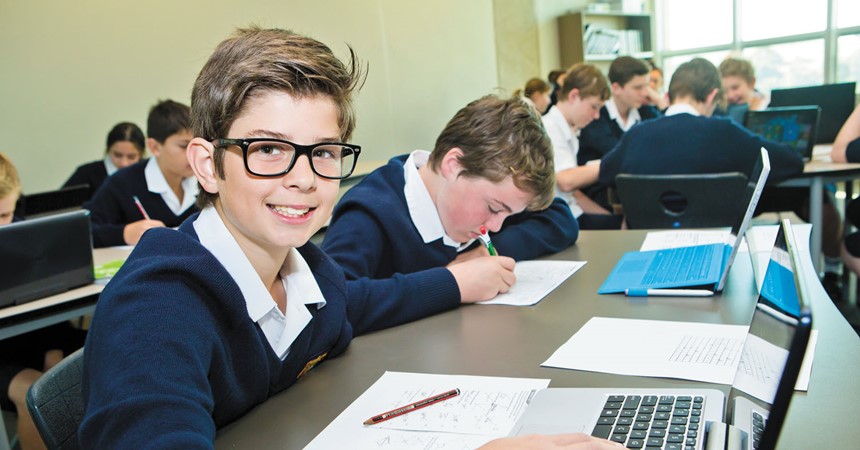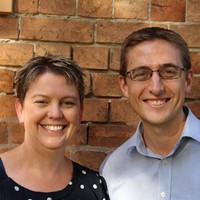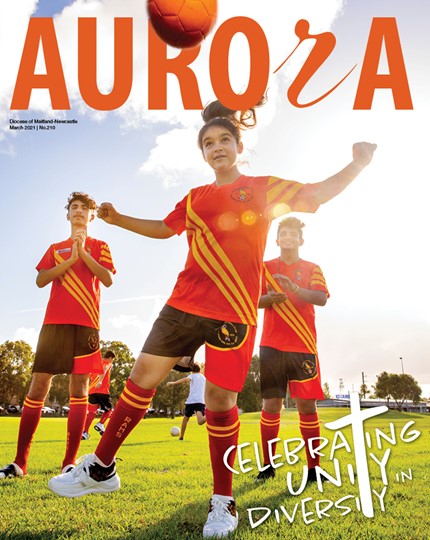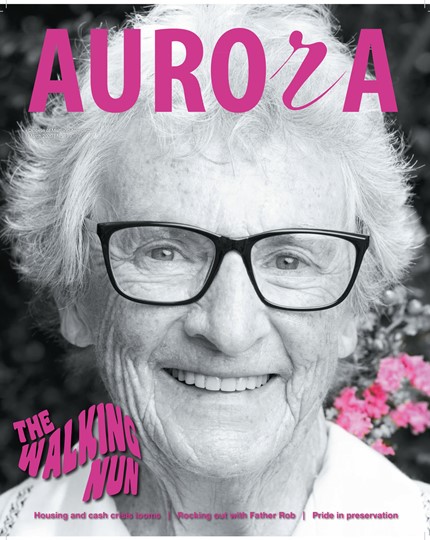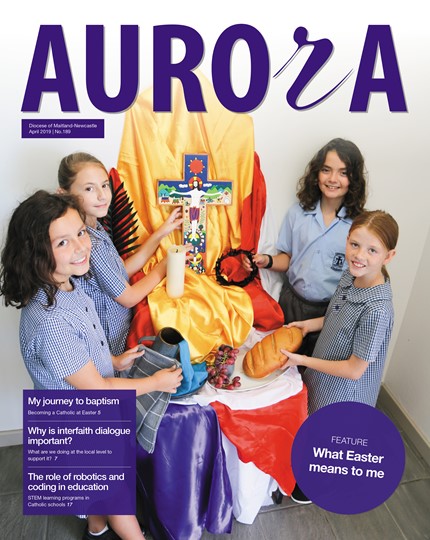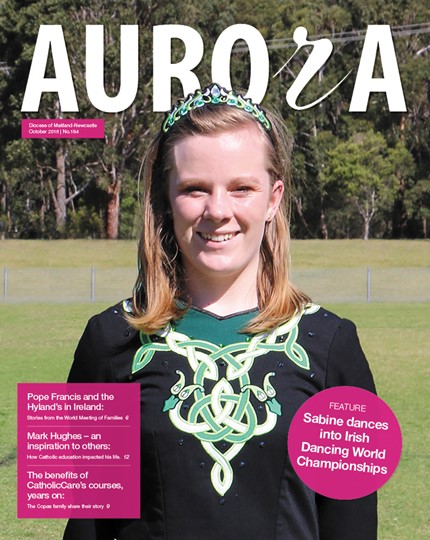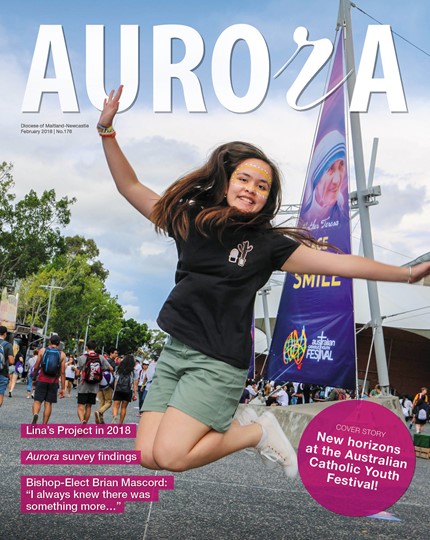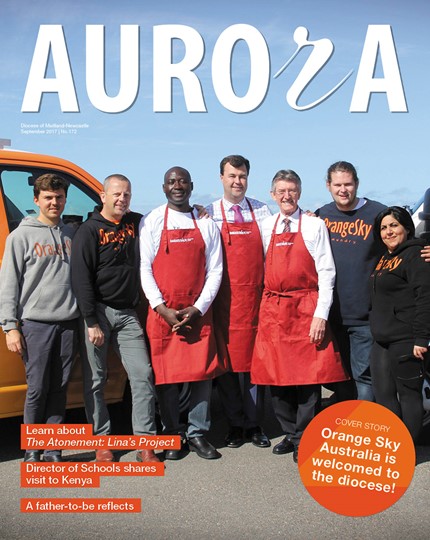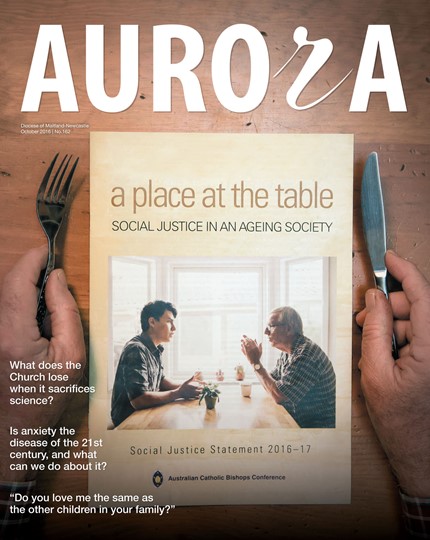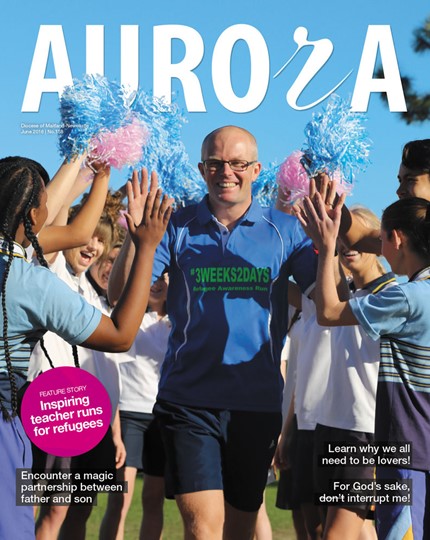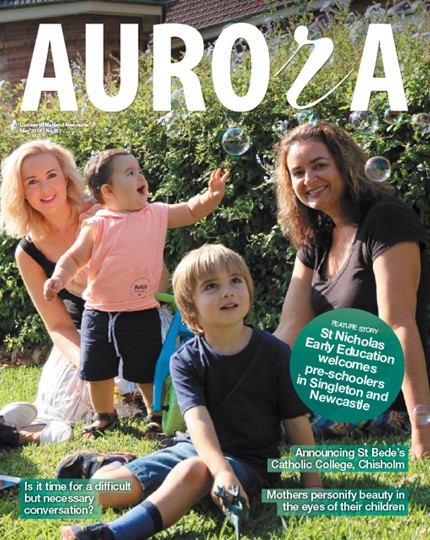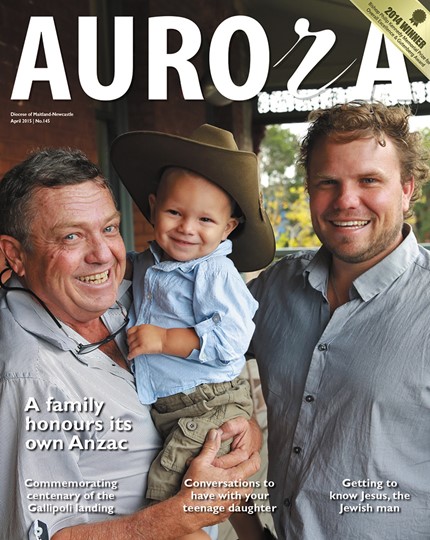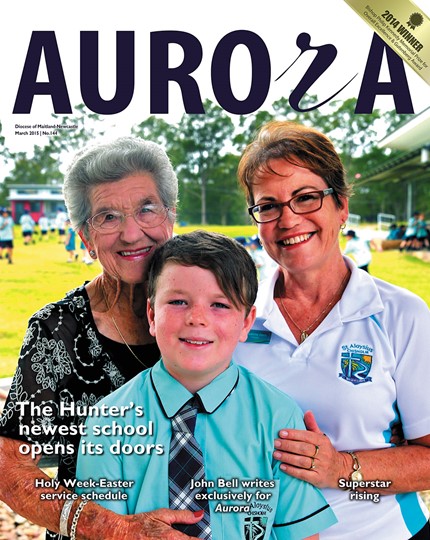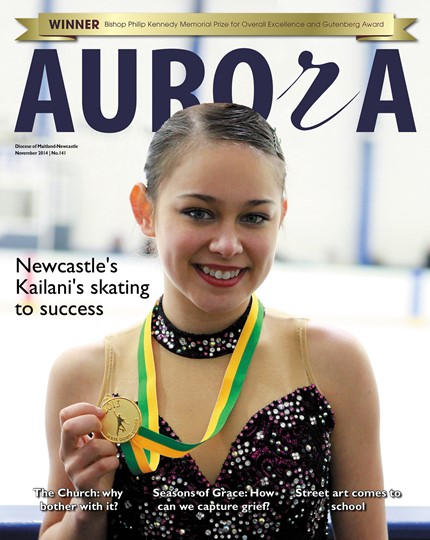Learning about technology
The current generation of students was born into a highly technological world. These students occupy, navigate and communicate with a society which is both technology-rich and information-rich. Families increasingly use technology for learning, leisure and communication. Technologies are cheaper, more mobile and able to be used by learners of all ages. Our students' worlds are increasingly shaped by their abilities to acquire, communicate, access and manipulate information using technology, and respond creatively to emerging technologies. Education systems have responded to these needs, acknowledging that ICT (Information and Communications Technologies) capabilities are essential for participation in today's world.
The Board of Studies, Teaching and Educational Standards (BOSTES) NSW, whose role includes the development of syllabuses for Kindergarten to Year 12, has included "Integrating ICT Capability" in its new syllabus documents[1]. They recognise the fact that students do not just learn how to use technology simply because they have access to it. In the NSW Syllabus documents, BOSTES discusses the idea that the integration of ICT in teaching, learning and assessment in NSW syllabuses can lead to enhanced outcomes for students and assist in the development of the knowledge, skills, understanding, attitudes and behaviours needed to assist students to live and work successfully. Teachers are asked to plan for a variety of opportunities where students are encouraged to develop analytical, organisational and problem-solving skills.
Learning with technology
In developing its new curriculum, the Australian Curriculum Assessment and Reporting Authority sought to build a “world-class curriculum for the 21st century” where “students need to develop a set of skills, behaviours and dispositions, or general capabilities that apply across subject-based content and equip them to be lifelong learners able to operate with confidence in a complex, information-rich, globalised world”[2]. An important consideration in using technology in the classroom is how it can reshape not only what is learned, but how it is learned. John Hattie’s concept of ‘expert teachers’ paints them as those who “see the surface and the deeper understandings of the subjects that they teach, as well as their beliefs about how to teach and understand when students are learning and have learned the subject”[3]. In the technologically rich classrooms of 2016, this means considering the impact that technology can have on teaching and learning.
Following are some examples of how technology is changing the way teachers teach and students learn in the classroom.
Blended Learning
Blended learning involves the delivery of content and teaching and learning activities in the physical classroom and in the digital learning spaces. For many years, teacher and students have been blending learning, most recently with online tools such as OneNote which allows for anywhere, anytime, anyhow learning. Teacher Liz Stokes of St Joseph’s Lochinvar notes that most key learning areas (KLAs) have embraced technology due to its ability to provide, eg, instantaneous feedback and the capacity for students to collaborate on projects. Across the road at St Patrick’s, it’s a similar story where Dennis Nolan is part of a primary school blended learning project using OneNote in Year 4. He notes that the students are “motivated, engaged, focused and enthusiastic”.
Flipped Learning
Flipped learning is a form of blended technology, in which the instructional components of the lesson are ‘flipped’, while the lesson time becomes focused on classroom activities. The flipped component can be delivered at home or in class, with the latter solving the problem of teachers having to be in two places at once. The flipped component is usually delivered through the use of online video and other learning technologies. As Cherie Borger of St Pius X High School, Adamstown, indicates, she wanted a “more interactive class environment that encourages students to solve problems and be more creative”. In Cherie’s secondary classroom, ‘flipping’ facilitated this by moving the content out of the normal classroom space and into the homework space, while for others it is about recording content for students to watch while the teacher is focused on helping another group of students.
Coding, programming and computational thinking
Coding is a fairly recent term to refer to those activities long associated with computer programming. Underpinning any form of coding or programming is computational thinking or a method of solving problems or designing systems with computers. In addition to the kind of programming being done in specialist HSC courses, a number of schools are involved in activities such as the international Hour of Code. Further, students at St Mary’s, Gateshead, and St Joseph’s, Aberdeen, recently received a grant for a Quberider. The schools will program a scientific experiment that will be loaded aboard a rocket to be launched by NASA later in the year. Students from many schools, such as St Catherine’s, Singleton, and St Pius X, Adamstown, are programming with robotics, using Spheros bots. Meanwhile, at St Joseph’s, Merewether, kindergarten students are learning to count with basic programming of Beetlebots.
Maker movement
This is a term used to describe a technological and creative movement using new tools and technologies like 3D printing, robotics, microprocessors, wearable technology, smart materials and programming, alongside more traditional tools from sewing machines to jigsaws used to tinker, make, engineer and invent. Students often go through a design process making ‘things’ for a specific purpose and audience. Many schools are designing maker spaces where students can learn to design and create objects and items. St Mary’s Gateshead has a strong maker movement with everything from Makey Makeys to 3D printing to Little Bits.
Gamification
The term ‘gamification’ refers to applying aspects of game-based play to classroom teaching and learning. An example of a type of gamification – game-based learning – has been the use of Minecraft in a range of subject areas. At St Therese’s, New Lambton, Lynette Barker notes how Minecraft impacts on learning. “They’re excited, they ask questions and most importantly they collaborate and help each other to solve problems.” Similar excitement can be found at our newest school, St Aloysius, Chisholm.
Across our diocese, schools are both learning about technology and learning with technology. With it comes opportunities for students and teachers alike.
[1] http://syllabus.bostes.nsw.edu.au/support-materials/integrating-ict/
[2] http://www.acara.edu.au/verve/_resources/Information_Sheet_A_world-class_curriculum_for_the_21st_century.pdf
[3] p. 25 Hattie, J. (2011) Visible Learning for Teachers: Maximising Impact on Learning, Routledge.
